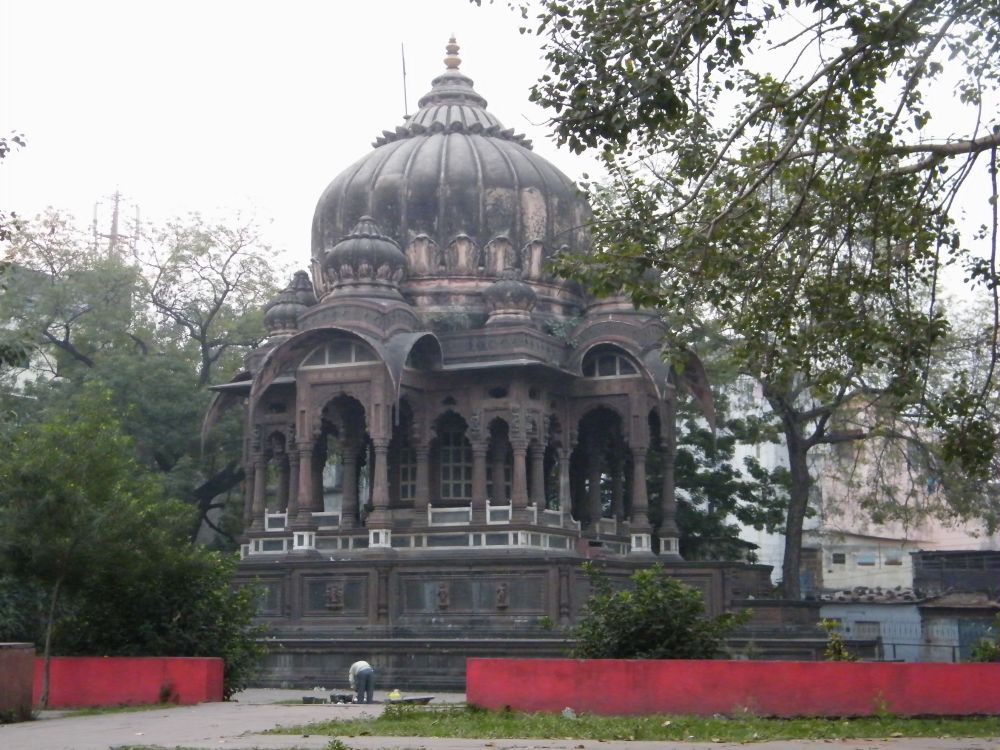

Located in the bustling city of Indore, Madhya Pradesh, Chhatribagh is known for its historical significance and cultural heritage. Over the years, this locale has become an important hub for tourism for those looking to delve into the grandeur of the Holkar dynasty and the historical narrative of the region.
Chhatribagh, often referred to as the 'Garden of Cenotaphs,' is home to a number of chhatris (cenotaphs) dedicated to the Holkar rulers. The history of tourism in Chhatribagh essentially began with the interest in the Maratha empire and the Holkar dynasty. It was the reign of the Holkars that saw Indore's flourish, and with it, the development of sites like Chhatribagh.
As Indore evolved into a princely state under the British Raj, its aesthetic and architectural beauty started attracting travelers and historians alike. The serene and beautifully carved chhatris of Chhatribagh are not just mausoleums; they are a testament to Maratha art and architecture, which started pulling in visitors interested in Indian history and the intricacies of funerary architecture.
In recent times, the government along with local authorities have made concerted efforts to preserve and promote Chhatribagh as a tourist destination. The addition of well-maintained gardens and the installation of information plaques has greatly enhanced the visitor experience, integrating it with the city's growing urban landscape while maintaining its historical integrity.
The latest trends in tourism at Chhatribagh point towards experiential and educational visits where the focus is on engaging with the cultural and historical context of the site. Interactive guided tours, nighttime light and sound shows, and cultural events during festivals like Navratri and Diwali are some of the new facets of tourism that are being introduced to enrich the tourist experience.
Moreover, the rise of digital media and online photography has found a new love in the picturesque backdrops of Chhatribagh, attracting bloggers, influencers and photographers from all over the country.
Today, visitors to Chhatribagh can expect to walk through well-kept gardens that are tranquil during the day and majestically lit at night. The grandeur of the Maratha memorials is complemented by the newly added amenities such as cafes and souvenir shops, which make Chhatribagh not just a place of historical interest but a complete tourist spot catering to diverse tastes.
Preservation has become a key element of tourism at Chhatribagh, with governmental bodies working closely to ensure that the modern allure does not compromise the site's historical value. Similarly, sustainable tourism practices are being encouraged to minimize the environmental impact of tourism activities.
Chhatribagh serves as a crucial link to the past for Indore and continues to evolve as a center for tourism. Its history, coupled with continuous development, ensures that Chhatribagh remains a dynamic testament to the region's rich heritage.